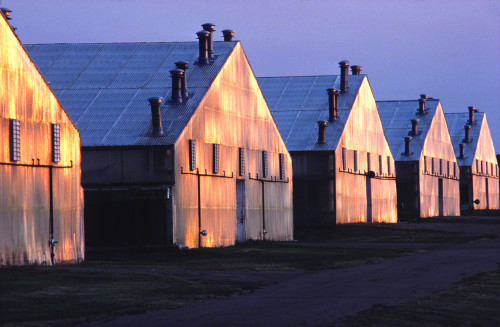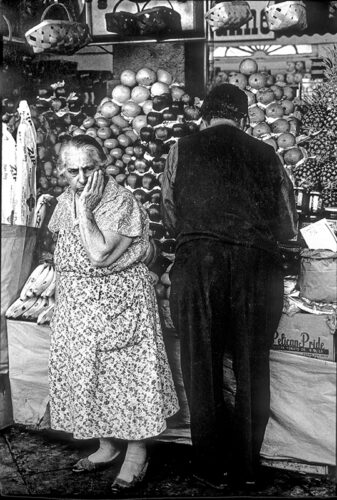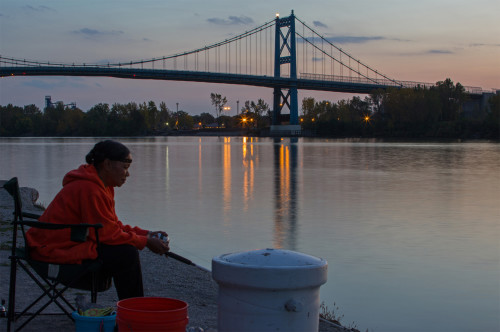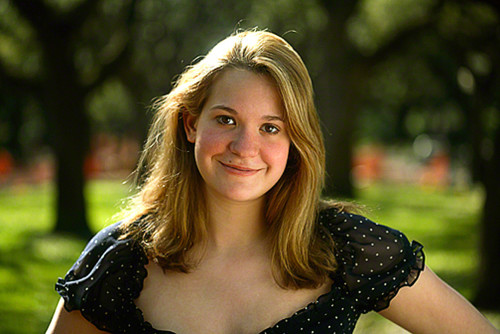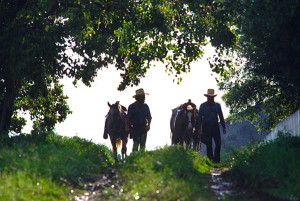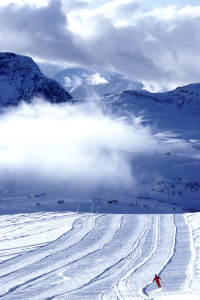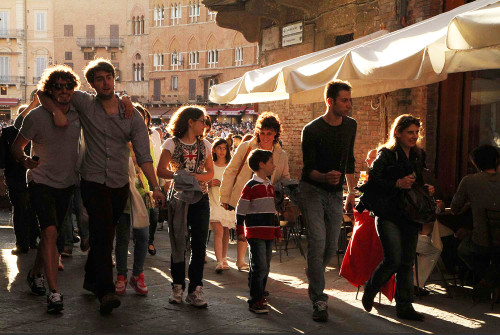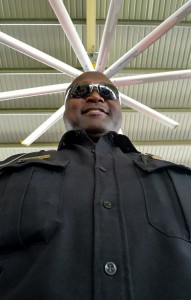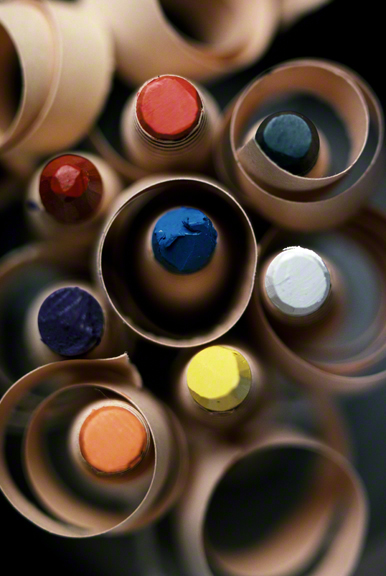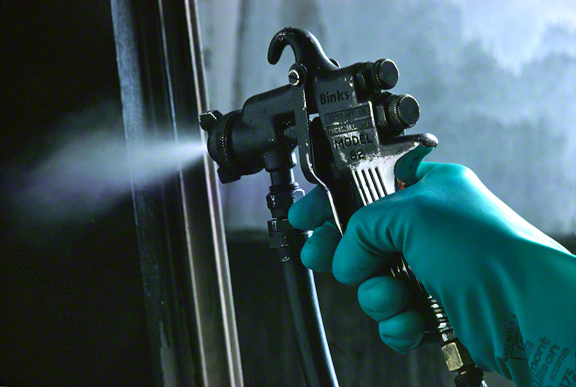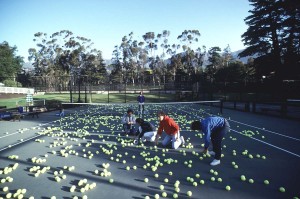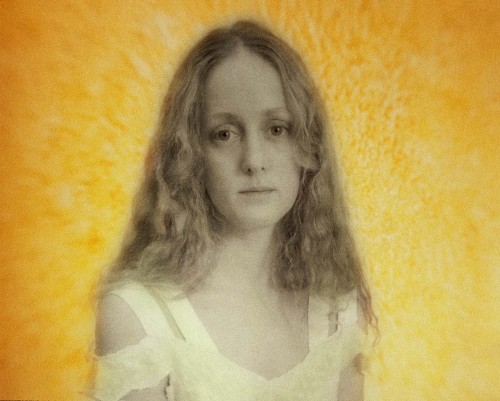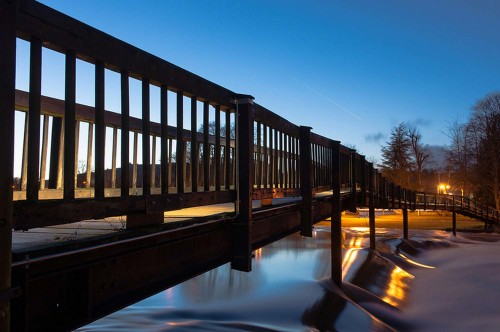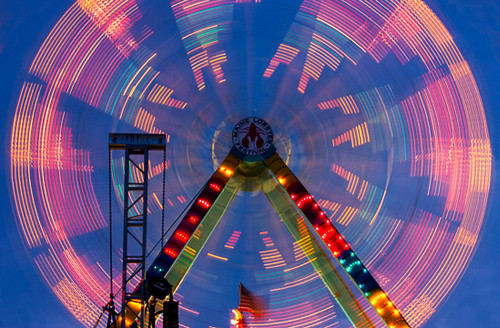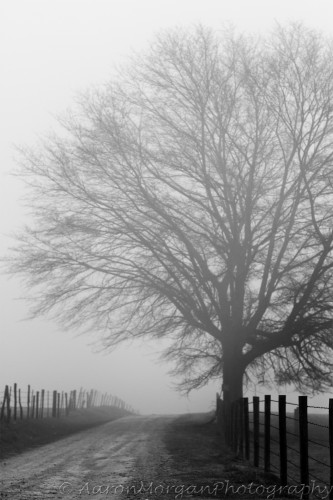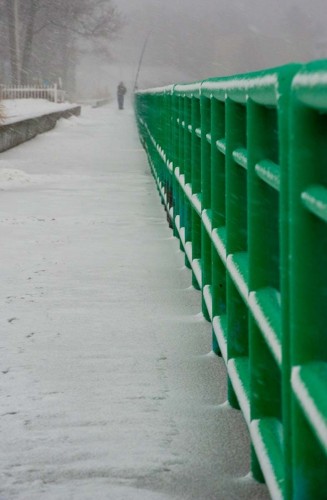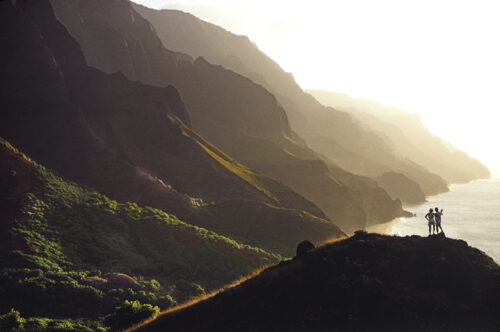
Figure-Ground
The six concepts in the psychology of Gestalt
The definition of psychology is the scientific study of the human mind and its functions.
Keep that in the back of your mind (on the right side, the creative side) when reading this description of the six principals of Gestalt workshop coming your way starting with the meet and greet Thursday, May 30th, 2024. The workshop to be held in Tyngsboro, MA.
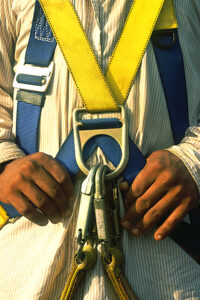
Closure
First, let me give you some background information:
In the 1920’s a group of German psychologists, following the lead of their founder Max Wertheimer, developed a group of theories of visual perception they referred to as The Gestalt Principles. These principles made an attempt to describe how people perceive and process visual information when certain concepts are applied.
The origin of the word Gestalt is German/Austrian, and it simply means Shape, Form, or the Whole. It is often stated in this theory that, “The whole is greater than the sum of its parts.” It is this perception that has had the most controversy since the very beginning.
Some experts in the field say that each of the individual parts has meaning on their own. In other words, the whole is not necessarily made up of the sum of its parts, but different than the sum of its parts.
In my opinion, when we use these six Principles in our photography, we’re working with and structuring these parts (pieces of the finished puzzle) if you will) that will eventually make up the whole as in a completed photograph. These parts or elements are the elements of visual design. The elements we work on in my other classes.
The methods we use to gain attention to our photography will vary, but what’s important is how we manage what the viewer perceives and processes when looking at the visual information we lay out to him in the form of a photograph.
Humans rely on perception of the environment that surrounds us. Visual input is a part of our everyday life, and as photographers it’s our prime objective to present this visual information in a way that takes control of what the viewer sees when looking at our imagery.
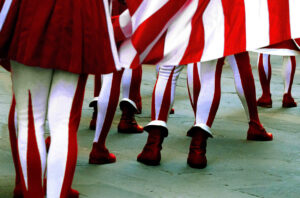
Law of Common Fate
The more ways we can have the viewer move around our composition, while at the same time leaving and entering it, through the use of these concepts, the longer they will stick around. The more things we can get the viewer to discover while moving around the frame will also keep them around longer. Isn’t that what we want?
To be sure, the whole is important, but the parts that make it up are equally important. These concepts are visual rules (I hate rules) and I agree that once the parts are placed and the composition is framed, the whole does exceed the sum of its parts.
Here are the six principles that we’ll cover through assignments over the course: Closure, Figure-Ground, Continuance, The Law of Common Fate, Similarity, and Proximity.
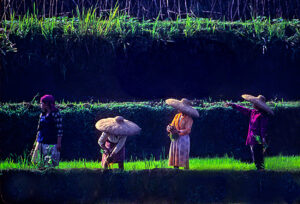
Proximity
There are a lot of questions out there as to the number of concepts, but the important thing to remember is that these six principles will take our photos to new levels. To me, it’s so important to consider these concepts in our photography. However, I’m not suggesting that the only approach to taking memorable photos is a scientific or even a numerical one. What I’m suggesting is that great images can come when these concepts work in harmony with your photography.
One last thought is that when you look around, Gestalt is everywhere. It exists in our reality, and always has. It’s just that you may not have known the name. What’s important to know is that some of you have been using these principles since the time you were crawling around the floor looking for your pacifier.
For example, the age-old adage of whether the glass is half full or half empty falls under the concept called Figure Ground.
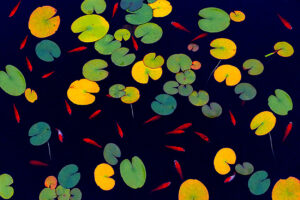
Similarity
This means is that when you show this representation, the half empty, and the half full images each carry the equal weight which creates tension…each threatens to overtake the other. It’s optimism verses pessimism.
I’ll be working with Nick DePasquale, an excellent photographer https://nickdepasqualephotography.com/ who you probably know, will take care of all the logistics and will be available to help with any questions that relate to Lightroom and Photoshop of which he is an expert…it being above my pay grade!!
BTW, Nick teaches a class in both lightroom and Photoshop.

Continuance
Once we have signed up the participants, I will send out links to all six concepts, with examples for you to study. Two weeks before the Meet and Greet, we’ll have a zoom session where we’ll talk about the six concepts, show examples, and answer questions.
At that point I’ll give you the first two concepts to work on and we’ll critique those (six images) the night of the meet and greet over pizza, wine, and beer.
Nick and I will be scouting ahead of time to determine the best places for the group to go to…at the best times. I’ll also pass out the schedule and final locations for the following days.
May 15th: Zoom session to review material show examples and give first assignment.
Meet and Greet: May 30th: @ 6PM Critique of six images with wine, pizza, and beer.
Friday, May 31st: We’ll be spending the day in Boston including sunset and the Blue Hour and will not be spending our time around the Fan Pier area.
Saturday, June 1st: We’ll have an extended critique in the morning and will spend the afternoon through sunset and Blue Hour at a place TBD.
Sunday, June 2nd: We’ll shoot in the morning, and the workshop will end at three.
Wednesday June 12th: Zoom session final critique.
The price of the workshop is $750.00…which will include three days of shooting, two Zoom classes, the meet and greet dinner and critique.
All the photographers who want to bring someone to the locations are welcome to, except for the critiques and meet and greet.
If interested, contact me at: joe@joebaraban.com
For those that have taken one or more of my workshops, you know that I run a professional in-depth learning experience. For those of you that haven’t, you can view my work at www.joebaraban.com and read just a few of my testimonials from some of my full eight-day workshops:
Alain
I recently completed my third workshop with Joe Baraban, and all I can say is that I will be coming back for more. All aspects of the workshop were fantastic. Joe’s approach to teaching, the shooting locations, the daily reviews, the accommodations, the planning and organization, and the communications were all at the highest level.
From the “meet and greet” reception the first night, to the final dinner, Joe paid strict attention to every detail to make sure we were well taken care of…all the time. Joe’s selection of locations is always diverse and challenging and present many, many opportunities for great shots and learning.
The daily reviews are a wonderful educational experience as you discuss your own work as well as the work of the other photographers. Joe teaches how to “make pictures”, not just take them. The quality and creativity in my images continue to ratchet up a notch with every workshop as I continue to learn from Joe.
I highly recommend Joe’s workshops and online classes.
John B
I wanted to learn more about Joe’s approach to visual design and making great photos after taking one of his online courses. As a former painter, I really relate to his focus on visual design elements as his artist’s palate and it all came to life in this workshop.
He is an excellent teacher, and it was wonderful to experience this with a group of very talented photographers who supported each other and did some great work. The format of learning the design principles and discussing them in relation to Joe’s images and the work from the class was a great way to learn – I look forward to future workshops.
Mary
They are absolutely second to none in that every detail is thoroughly covered and no costs are spared. Favorable locations are researched and scouted well in advance. Top notch accommodations and transportation are pre-arranged. Morning class and critiques are thought provoking, inspiring, and collaborative.
There is ample opportunity to share ideas, ask questions and discuss techniques. Students can learn not only from their own image critiques but also from their fellow photographers. Joe really wants to see his students grow.
This is quite evident in the dedication that he generously provides to each student. It must not go without mentioning that Joe has a following and it’s always wonderful to see everyone again from around the globe. We always have a great (and challenging) workshop together and inevitably walk away with lots of good images, tips, tricks … and of course stories. 🙂
I hope this has sparked an interest as this is the first time I have done an actual workshop just on the six concepts in Gestalt. It will offer those of you a great learning experience, promising to take your level of photographic awareness up a level…if not two or three, four, etc., etc.
This class will be limited to ten photographers. Your spouses, partners, or significant others, etc. are welcome to come to all the locations.
If you’re interested, I suggest you sign up sooner rather than later because as I said, there’s just nine spots opened now, as a woman I’m mentoring has already taken a spot.
Joe
